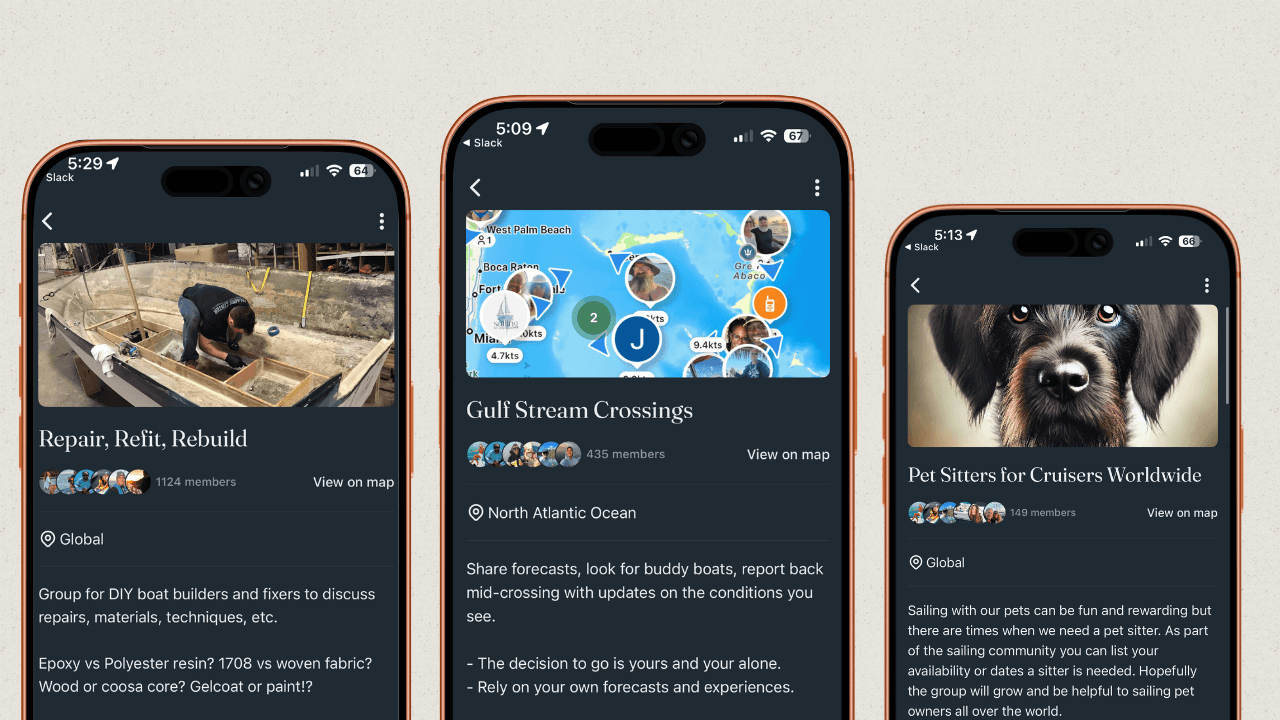How Does a Ship Hit the Brooklyn Bridge? Inside the Cuauhtémoc Collision
Community
May 17, 2025

What happened and why?
On a calm spring evening in New York City, a dramatic and unexpected maritime accident shocked onlookers: the Mexican Navy’s tall ship Cuauhtémoc collided with the Brooklyn Bridge. The spectacle—one of the world’s most iconic bridges struck by a visiting naval vessel—left several crew members injured and raised questions across the internet: How could this happen? What went wrong?
As boaters ourselves, we’re breaking down how a trained crew aboard a modern sail-training ship could find themselves in the grip of New York Harbor’s infamous East River current—and what every mariner can learn from it.
What Happened: Cuauhtémoc vs. the Brooklyn Bridge
Shortly before 8:30 p.m. on Saturday, May 17, the Mexican Navy’s tall ship Cuauhtémoc struck the underside of the Brooklyn Bridge during what should have been a routine departure maneuver. The vessel, with a crew of 277 mostly cadets, was wrapping up a diplomatic visit to Pier 17 at the South Street Seaport. Instead, it found itself pinned by the East River’s current and jammed against the bridge’s roadway. One of its 147-foot masts crumpled violently onto the deck.
At least four people were critically injured, with dozens more treated for minor injuries. Emergency responders rushed to the scene, temporarily closing all lanes on the Brooklyn Bridge and initiating search and rescue operations. Our hearts go out to all these people who are injured and with the safety of all those taking part in the ongoing search and rescue operations.
Why It Could Happen: East River Currents Are No Joke
The East River is one of the trickiest waterways on the U.S. East Coast. Despite its name, it’s not a river at all—it’s a tidal strait with fierce, reversing currents that can top five knots during tidal shifts. Combined with narrow navigation lanes, bridge pylons, ferry traffic, and wind funneling through Manhattan’s canyons, it’s a crucible for even the most seasoned captains.
Sailing ships, especially tall ships like the Cuauhtémoc, have large surface areas exposed to wind and often limited propulsion flexibility. If the ship lost engine power—even briefly—while under sail or maneuvering close to shore, it could easily be swept sideways into fixed structures like bridge towers.
Other possibilities include:
Mechanical failure of the propulsion or steering system
Unexpected current reversal during a poorly timed departure
Human error during the departure maneuver or anchoring
Hoping for the best
As details emerge we will updater this post. In the meantime we hope the best for all those injured this evening and for the safety of all the first responders currently on the scene.
It’s still early in the investigation, but the Cuauhtémoc incident will likely serve as a case study for mariners around the world. The mix of strong tidal flow, tight maneuvering space, and possible engine or navigation issues created a perfect storm of risk.
We’ll continue updating this post as more details emerge. If you’re tracking voyages near New York Harbor—or anywhere with challenging waters—download SeaPeople to follow live tracks, plan safe passages, and learn from the experiences of thousands of mariners worldwide.
Banner image from Instagram account @unwoke.thoughts
Video: TouTube user @benrcass
Update: Cuauhtémoc Collision Leaves 2 Dead, Dozens Injured – What We Know Now

New Details
New details have emerged following Saturday night’s tragic accident involving the Mexican Navy training ship Cuauhtémoc and the Brooklyn Bridge. What began as a routine departure from Pier 17 turned catastrophic when the vessel struck the underside of the bridge just before 8:30 p.m. on May 17, 2025.
Eyewitnesses described a harrowing scene as the ship’s towering rigging made contact with the bridge, violently swinging crew members on deck. Two sailors have tragically died, and at least 22 others were injured—several critically.
Mechanical Failure and Strong Currents to Blame?
A preliminary investigation by multiple agencies—including the NYPD, FDNY, US Coast Guard, and Department of Transportation—suggests the Cuauhtémoc suffered a mechanical malfunction, resulting in a loss of steering control. The ship’s captain reportedly told investigators the rudder became unresponsive, leaving the vessel unable to correct course as it was swept into the bridge by strong East River currents.
The vessel was said to be traveling in the wrong direction, likely pulled off its intended path by the tide while attempting to maneuver toward a refueling stop in Bay Ridge. A senior official noted that “the current took it under the bridge,” underscoring the unpredictable and powerful tidal forces that often challenge even experienced mariners in this stretch of water.
Similarities to the Baltimore Bridge Disaster
This accident comes just over a year after the cargo ship Dali struck Baltimore’s Francis Scott Key Bridge in March 2024. In that case, a power loss also led to a fatal collision, prompting renewed scrutiny on maritime safety, ship maintenance, and training procedures. In both incidents, mechanical failure during critical maneuvers in tidal waters resulted in significant loss of life and infrastructure risk.
Ongoing Investigation and Recovery Efforts
Over 100 emergency personnel responded to the scene Saturday night. While the Brooklyn Bridge itself appears structurally sound, the U.S. National Transportation Safety Board (NTSB) has deployed a specialist team to analyze the ship’s voyage data recorder, which will offer crucial insights into steering commands, engine status, and real-time current and depth conditions.
As of Sunday, most of the surviving crew were expected to return to Mexico. Families of the two deceased sailors—Cadet América Yamilet Sánchez of Veracruz and Sailor Adal Jair Maldonado Marcos of Oaxaca—are working with authorities to repatriate their loved ones. Our thoughts go out to their families.
Why This Matters to Boaters Everywhere
The Cuauhtémoc incident is a sobering reminder that even large, well-crewed vessels can quickly become vulnerable in tight quarters when mechanical issues arise. In a strait like the East River, where strong tidal flow, vessel traffic, and narrow margins for error are the norm, preparation and timing are everything.


Thanks to SeaPeople user David Polakoff for the update photo above




